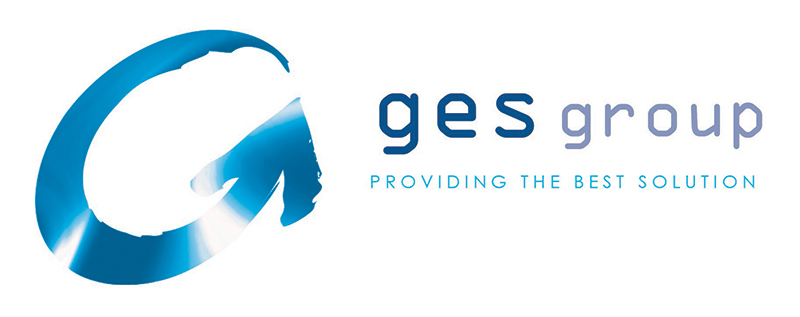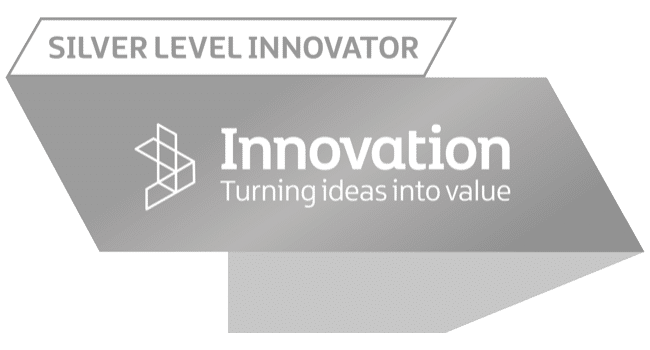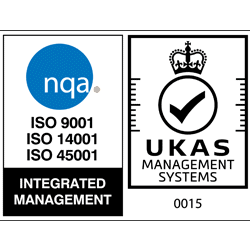The “burning out” process common to electric motor rewinds and repairs involves heating the binding agents (varnish, resin, paint, etc.) on copper coils so that they are broken down, and the coils can be removed. This is typically done manually using oxy-propane or a traditional “burn out” oven, which means heat application is not always equal, and can result in “hot spots”, which can affect the final efficiency of the electric motor once repaired.
A pyrolysis oven, however, has a much higher degree of control, as the parts are heated in a much more controlled manner. An EASA Rewind Study shows there to be no significant decrease in efficiency when motors are rewound using pyrolysis and best practice methods.
Pyrolysis ovens are capable of decomposing large amounts of binding agents, while maintaining higher levels of efficiency in the final repair, due to the fact that no combustion can take place in the low-oxygen environment. Controlled pyrolysis is a safe process that cleans, and helps to extend the life of industrial parts, using a method that does not pollute or harm the environment.
In GES, we use our new pyrolysis oven in a controlled burn-out process, which maintains the machine temperature at 350 degrees Celsius. As core damage can also affect efficiency, we use the ring flux test method to check core integrity, and windings are duplicated as original unless the customer requests a change in performance. Bearings and housings are maintained at the original tolerances, and replacement bearings are from reputable and top-quality brands. Rotor integrity and Total Indicated Runout (TIR) are tested to ensure air gap and bar integrity are maintained. Our processes ensure our customers get a quality product returned to their site, with little to no loss of efficiency.
In addition to using our new equipment at part of our rewinding process, the oven can also be rented by customers for many other common applications, such as: stripping paint (cleaning paint hooks, booth grids, etc.), removal of rubber from steel parts, cleaning of moulds and extruders, etc. This type of oven was originally designed to clean specialist metal parts that would not lend themselves to grit or shot blast methods for various reasons. So cleaning of intricate engine components, or extruder dies, where the produce is located internally in the device, is ideal for this type of oven.
For more information on our pyrolysis process, and it can be of use to your business, contact the Mallusk Workshop Manager, Ray McHugh on 02890 835567, or email info@ges-group.com.





